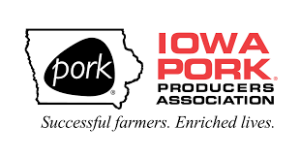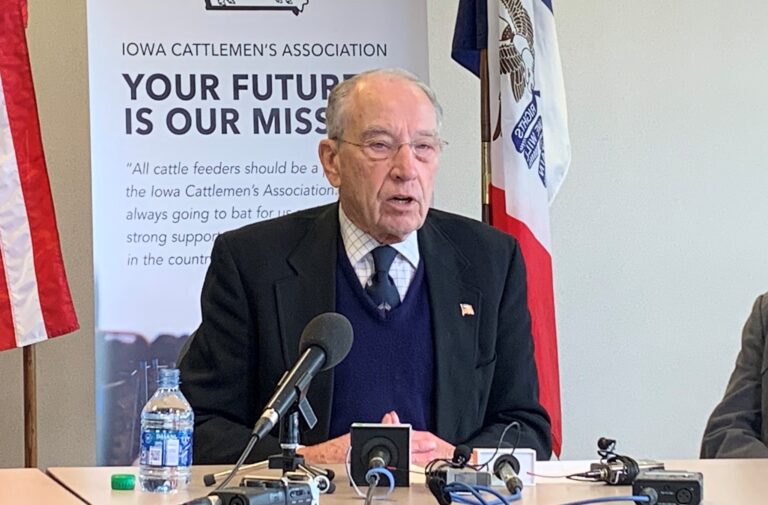IARN — Hog inventory is down 4% in the United States, according to the Quarterly Hogs and Pigs report published Friday by USDA NASS.
To obtain an accurate measurement of the U.S. swine industry, NASS surveyed roughly 4,800 operators across the nation during the first half of September. The data was collected by online questionnaire, mail, and telephone. USDA livestock analyst Shayle Shagam takes a look at some of the report’s key numbers.
“The number of hogs on September 1st was just under 75.4 million head, which was about 4% below a year ago,” said Shagam. “Producers kept just under 1.2 million head of hogs for breeding purposes, which was about 2% below a year ago. The number of market hogs was 69.2 million head, which was about 4% below a year ago. Producers farrowed 7% fewer hogs in June-August and indicated intentions to farrow about 4% fewer hogs in September-November, but increase farrowings over December-February by about 1%. The number of pigs per litter in June-August was about 1% above a year ago. That basically gave us a pig crop for June-August of 33.9 million head, which was about 6% below a year ago.”
Other key findings in the report were Iowa hog producers accounted for the largest inventory among the states at 24.4 million head. Minnesota had the second largest inventory at 9.00 million head. North Carolina was third with 8.30 million head.
U.S. hog producers intend to have 3.00 million sows farrow between September and November 2021, and 2.96 million sows farrow between December and February 2022. The total number of hogs under contract owned by operations with over 5,000 head, but raised by contractees, accounted for 49 percent of the total United States hog inventory, up 2 percent from the previous year.
The latest Quarterly Hogs and Pigs report can be viewed here.
Story courtesy of the Iowa Agribusiness Radio Network.
Photo courtesy of Pork Checkoff












